Invitation card produced on the occasion of Manfred Pernice’s exhibition Kassetten/Cassettes II at Kulturkreis der Deutschen Wirtschaft, Berlin, January–December, 2017.
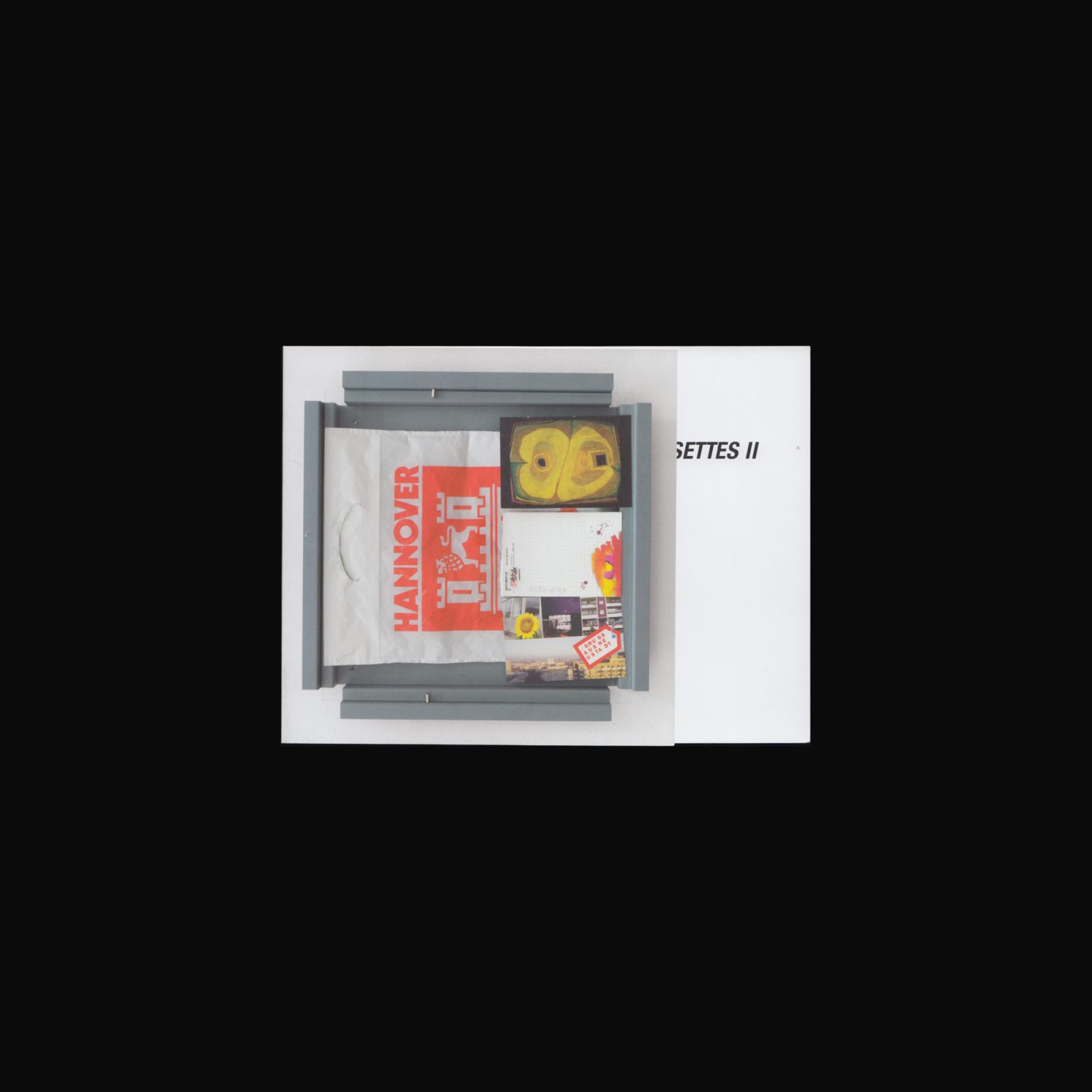

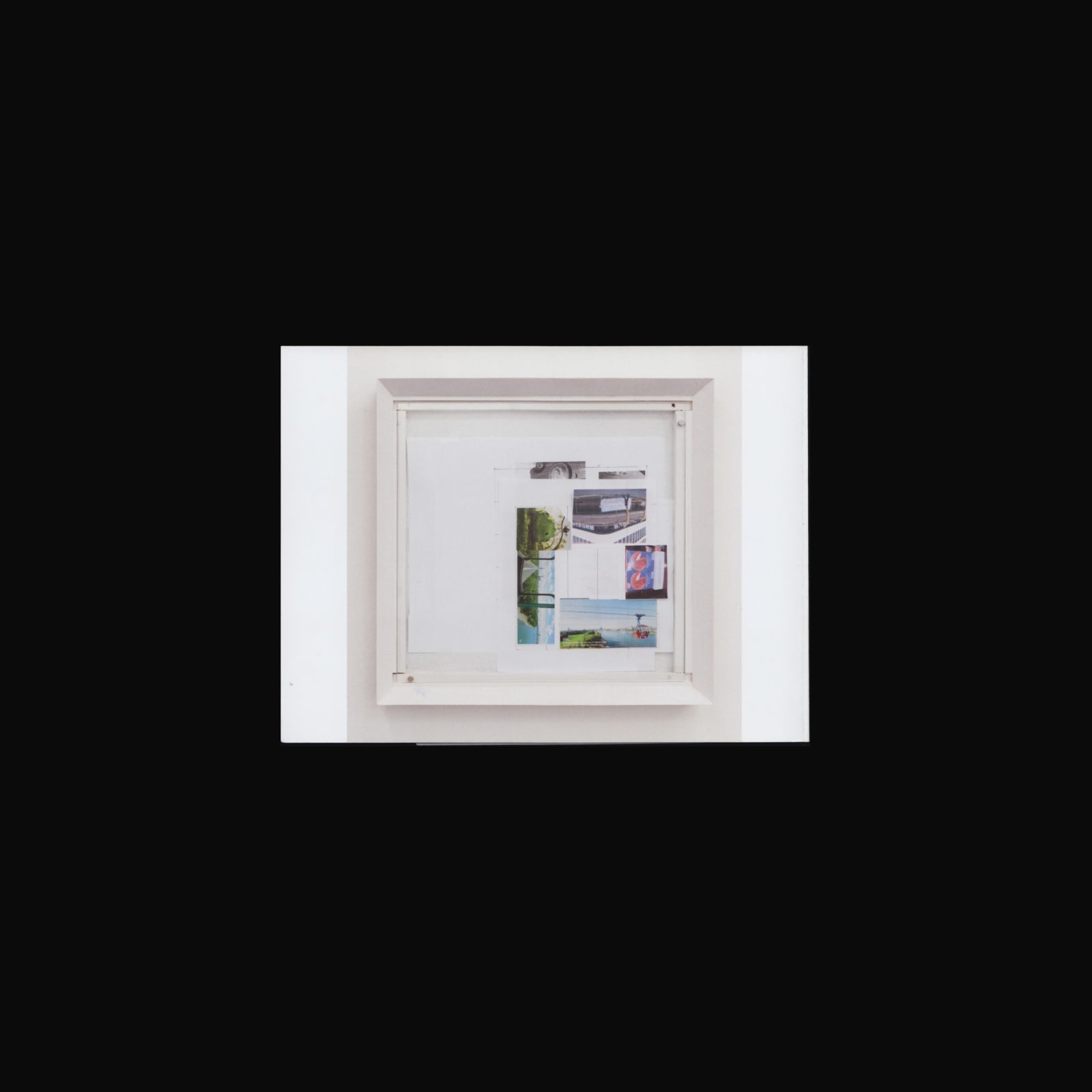
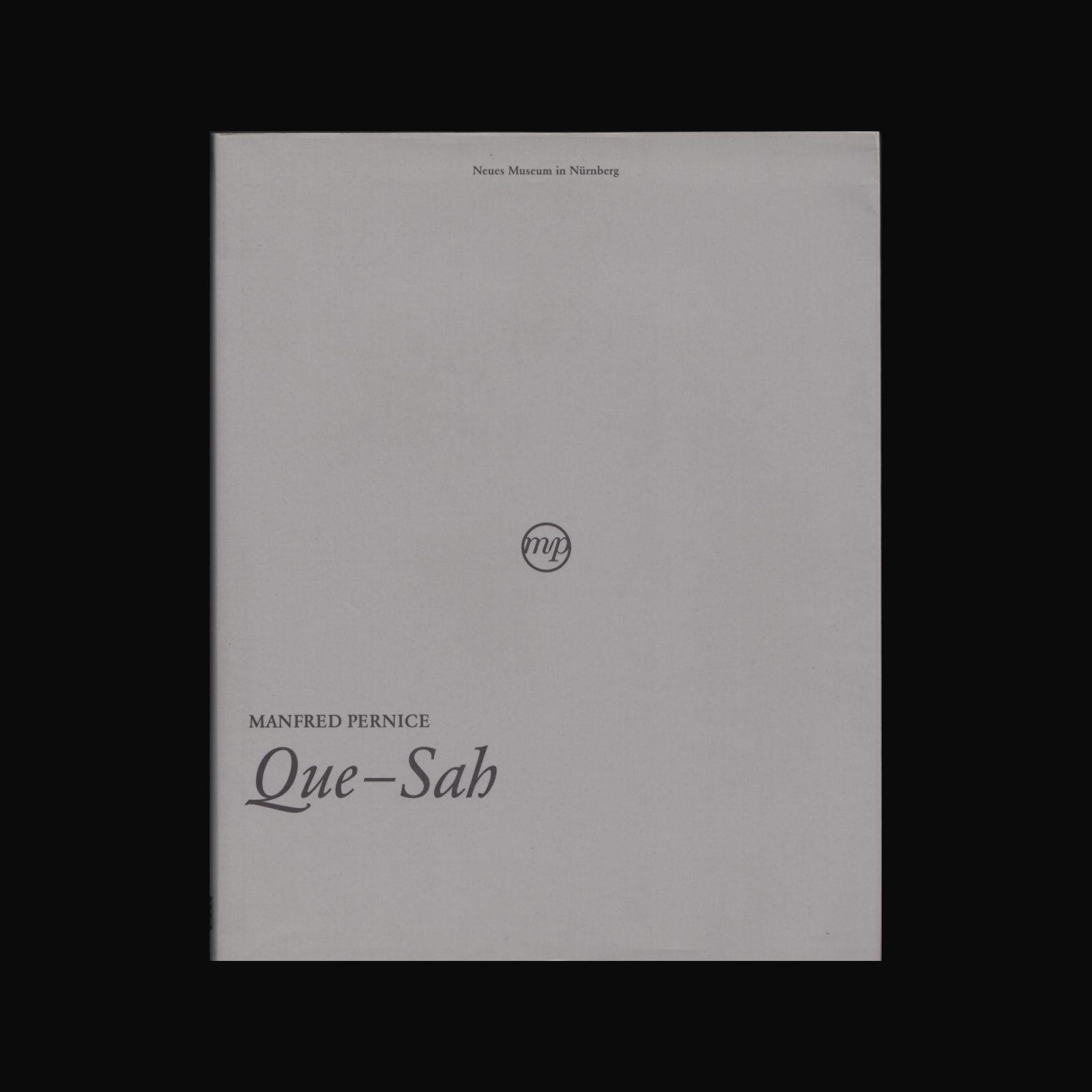
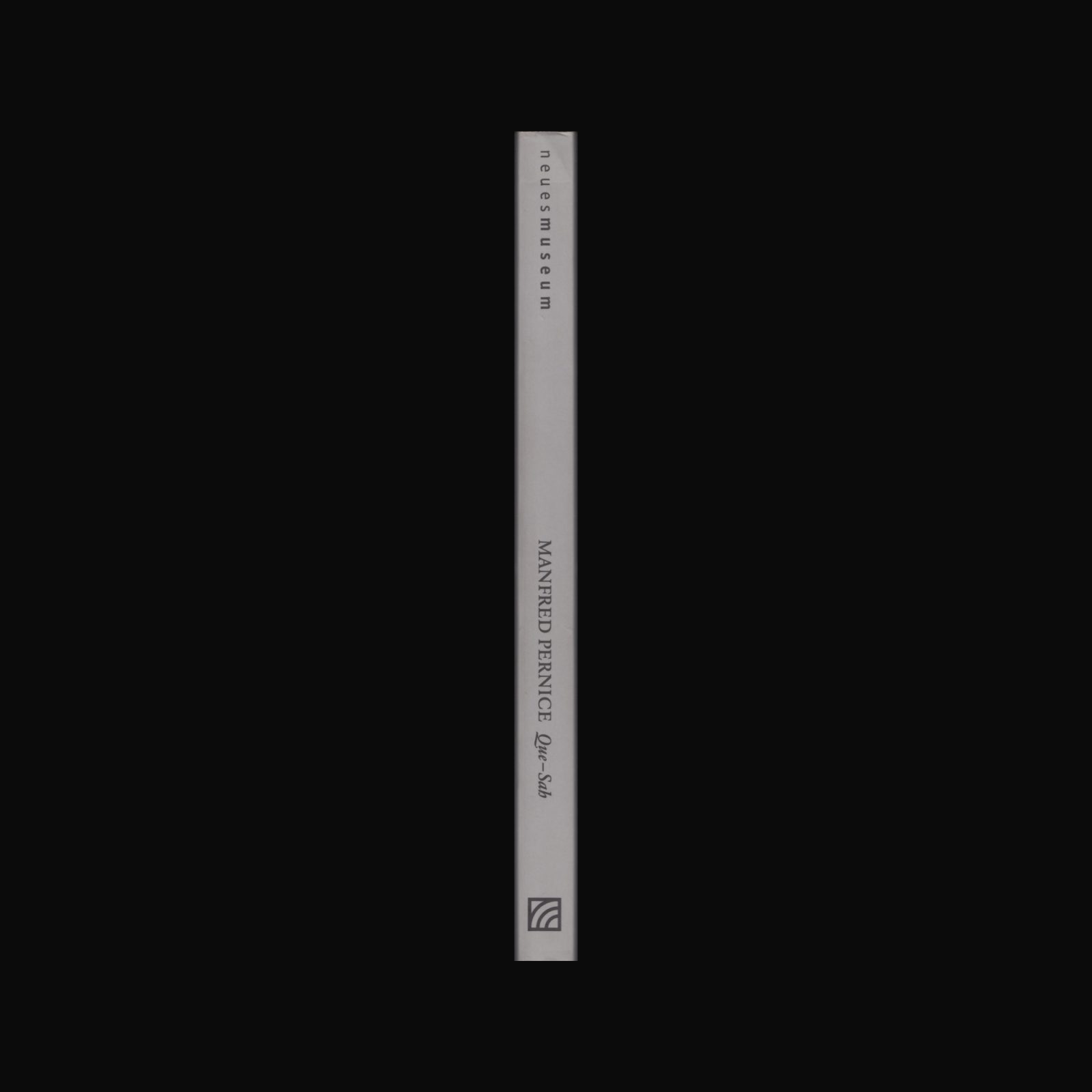
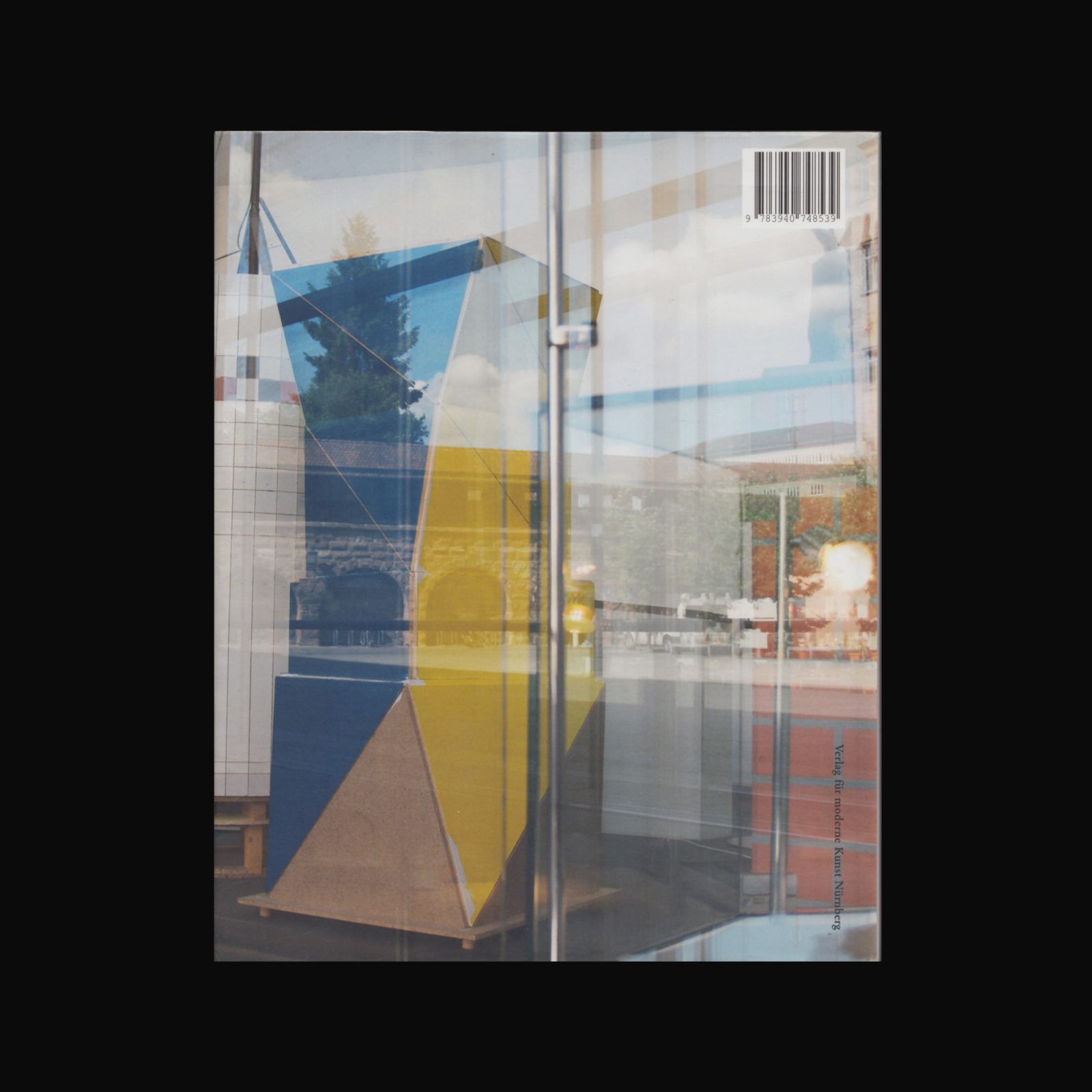
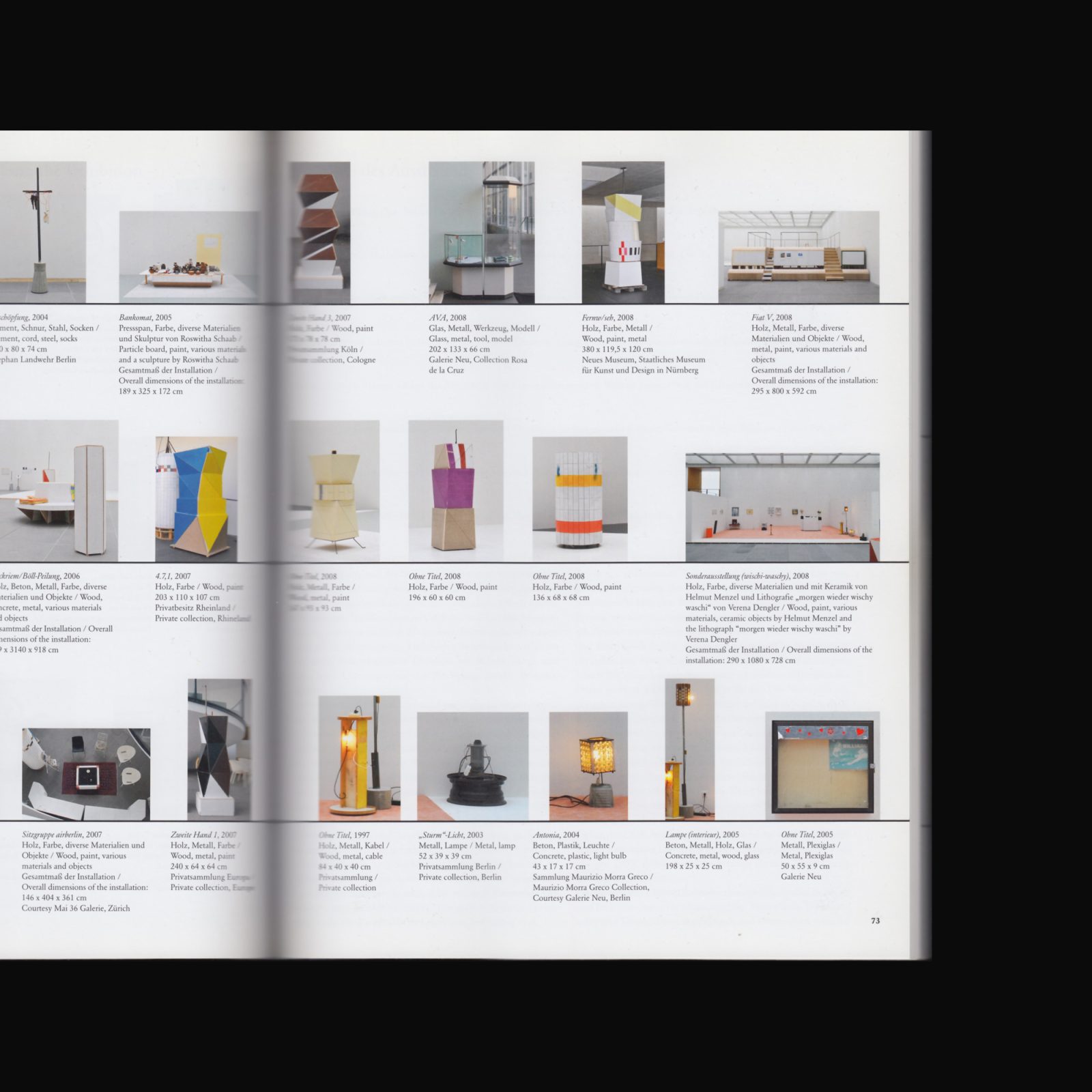
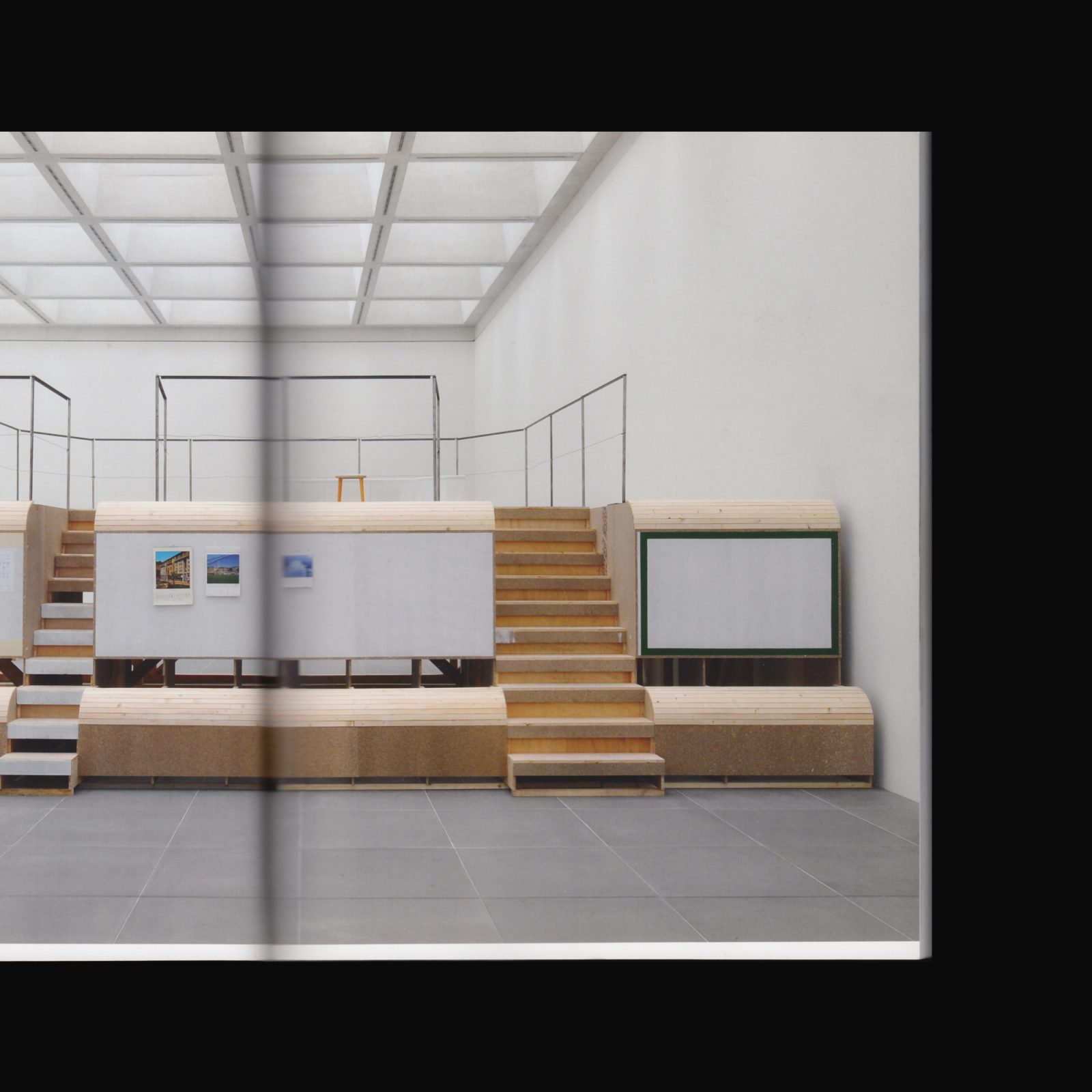
Monograph with comprehensive timeline, produced on the occasion of Manfred Pernice’s exhibition Que-Sah at The Neues Museum, Nuremberg, 25 April–6 July, 2008.
The exhibition title – Que–Sah – refers to one volume of the Brockhaus encyclopaedia, where alphabetical arrangement gives systematic order to the highly varied lexical contents. For Pernice, “the first entry (Quebec conferences) and the last (Saho, Ethiopian stock farmers), like all the other conceptual phenomena in-between, are potential areas of artistic exploration.”
Designed by Yvonne Quirmbach.
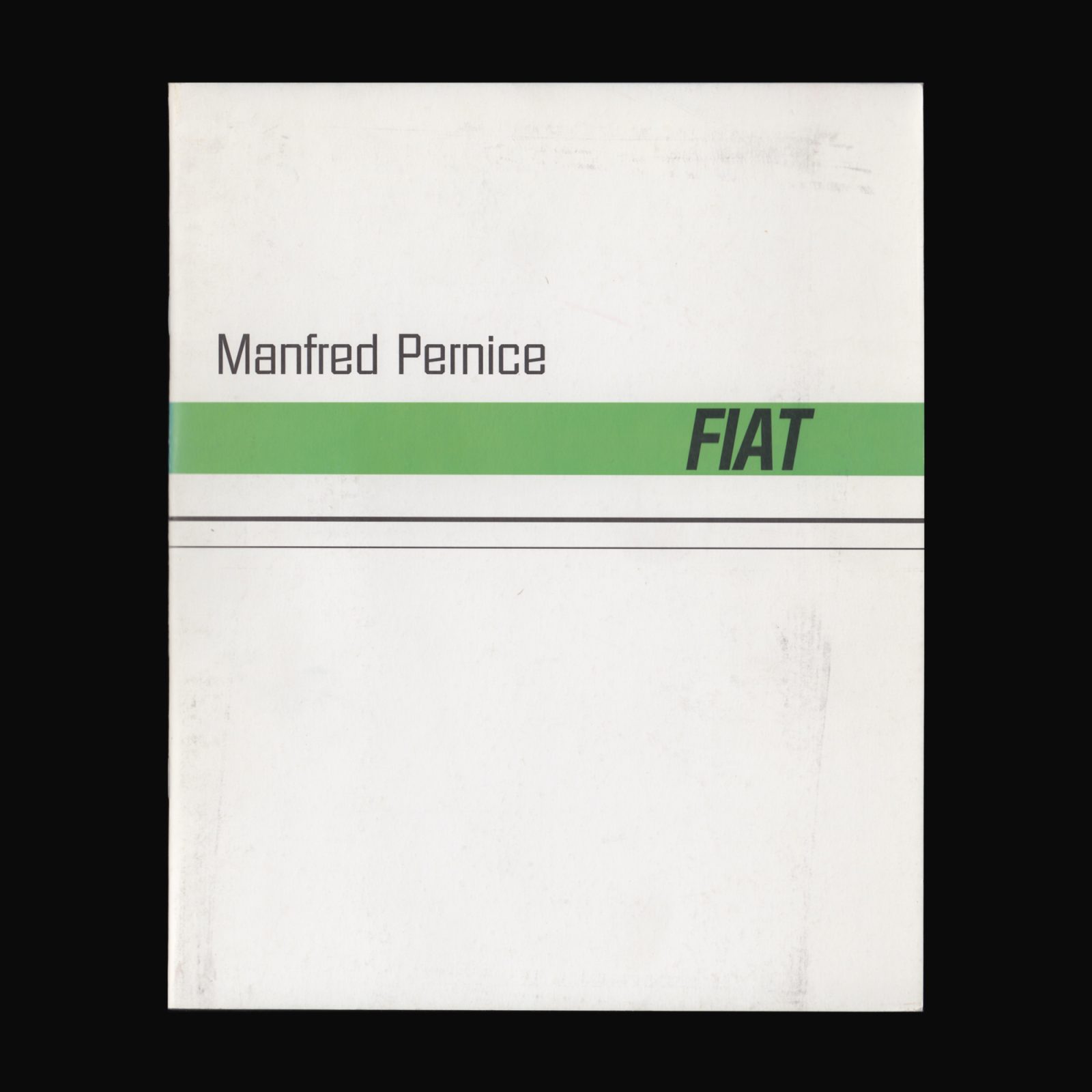
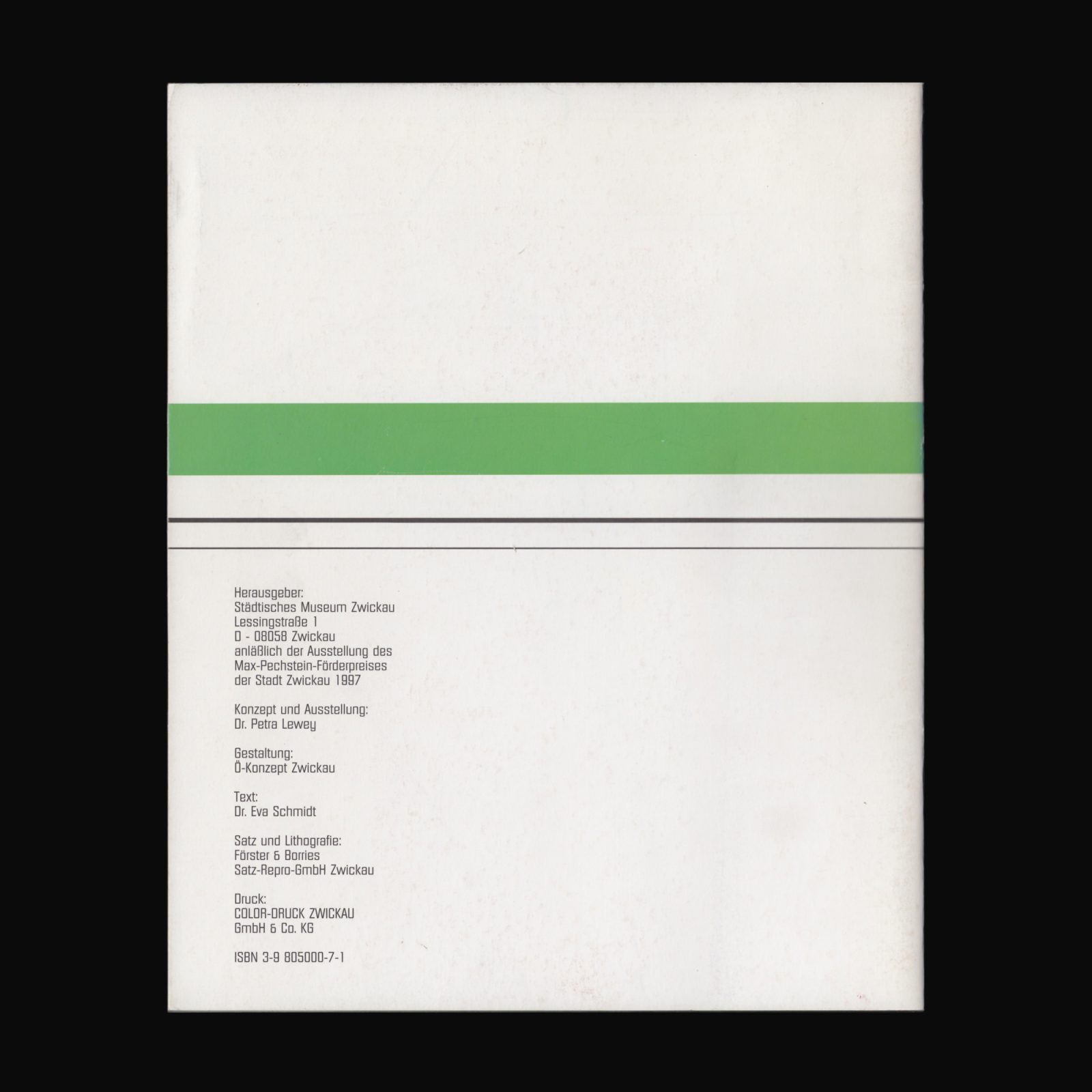
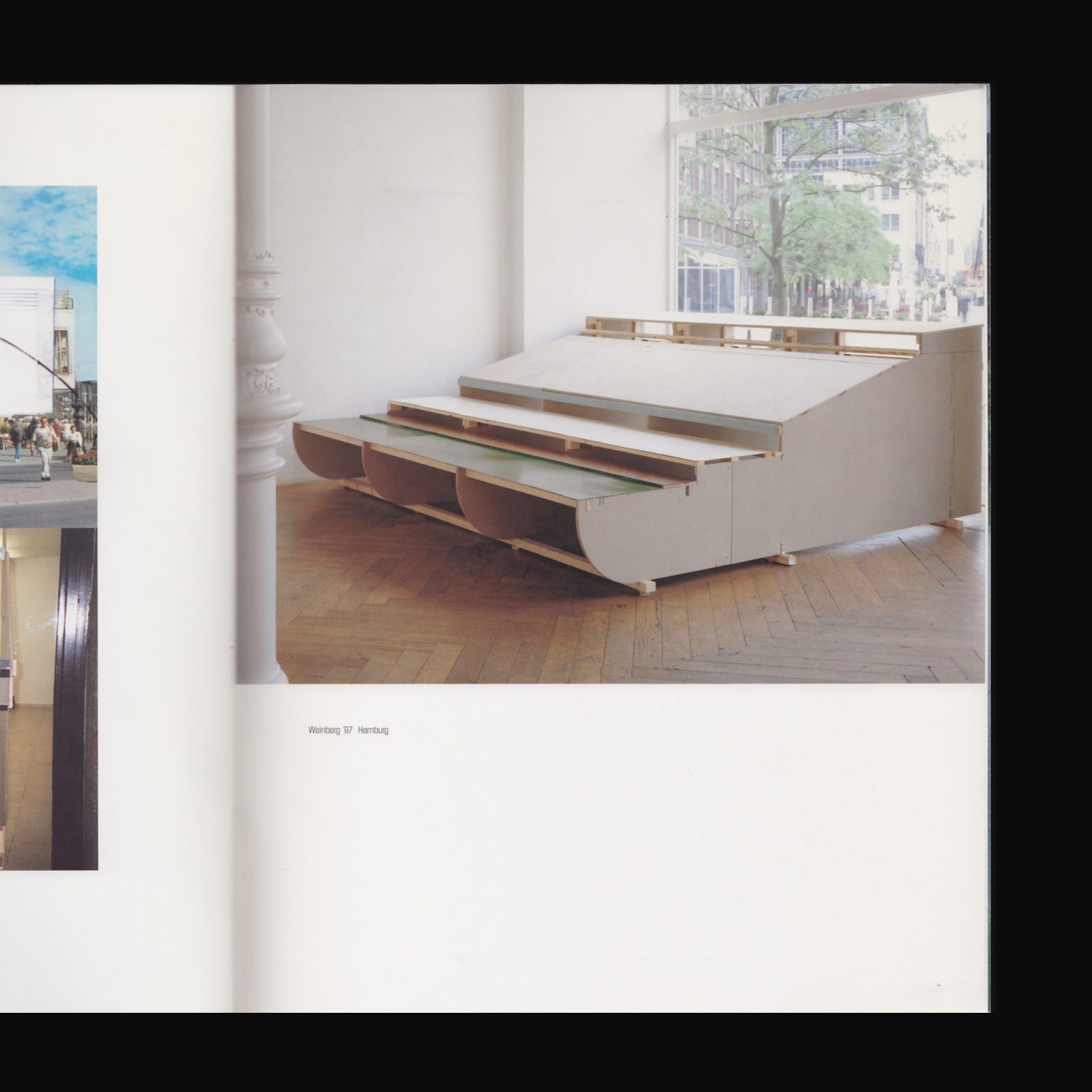
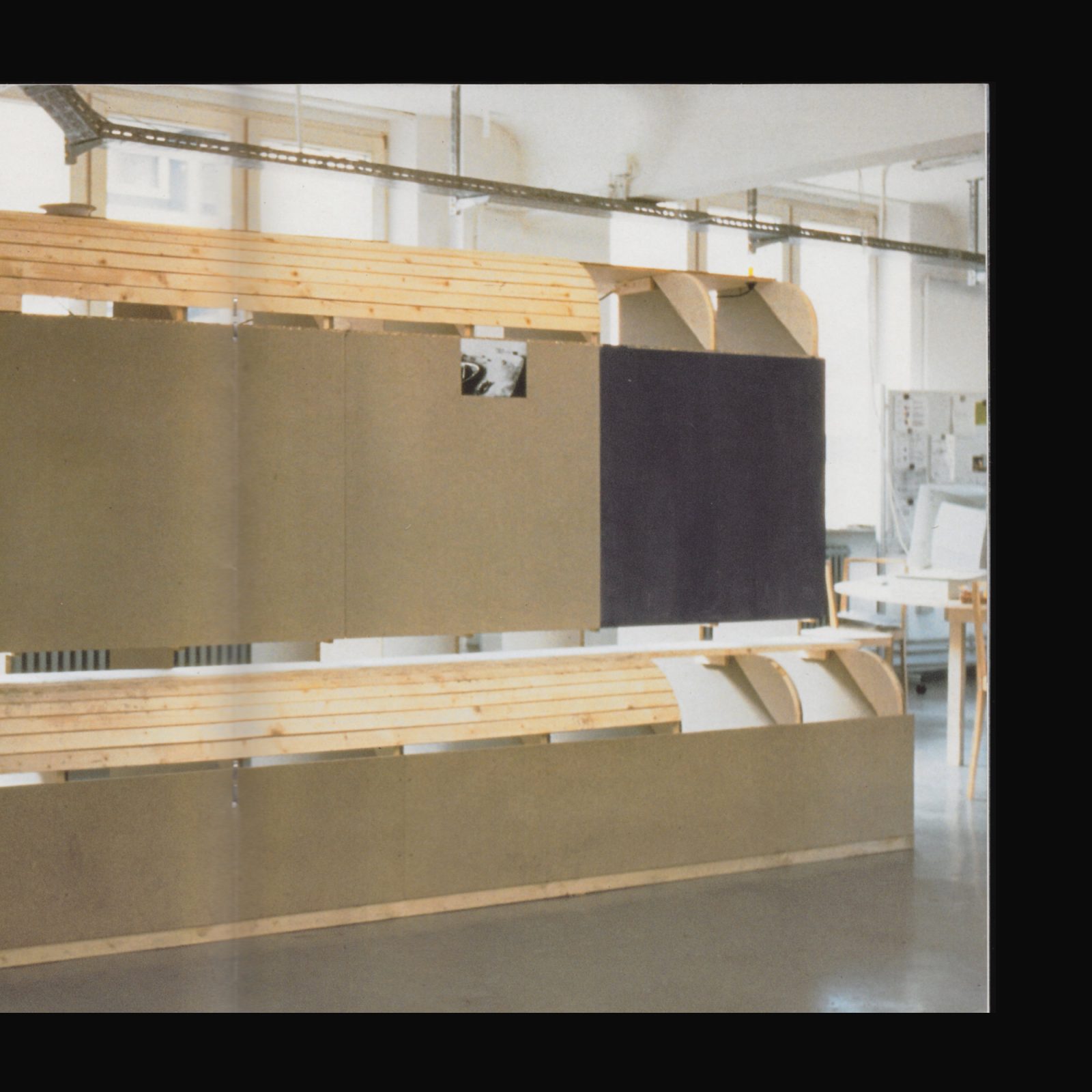
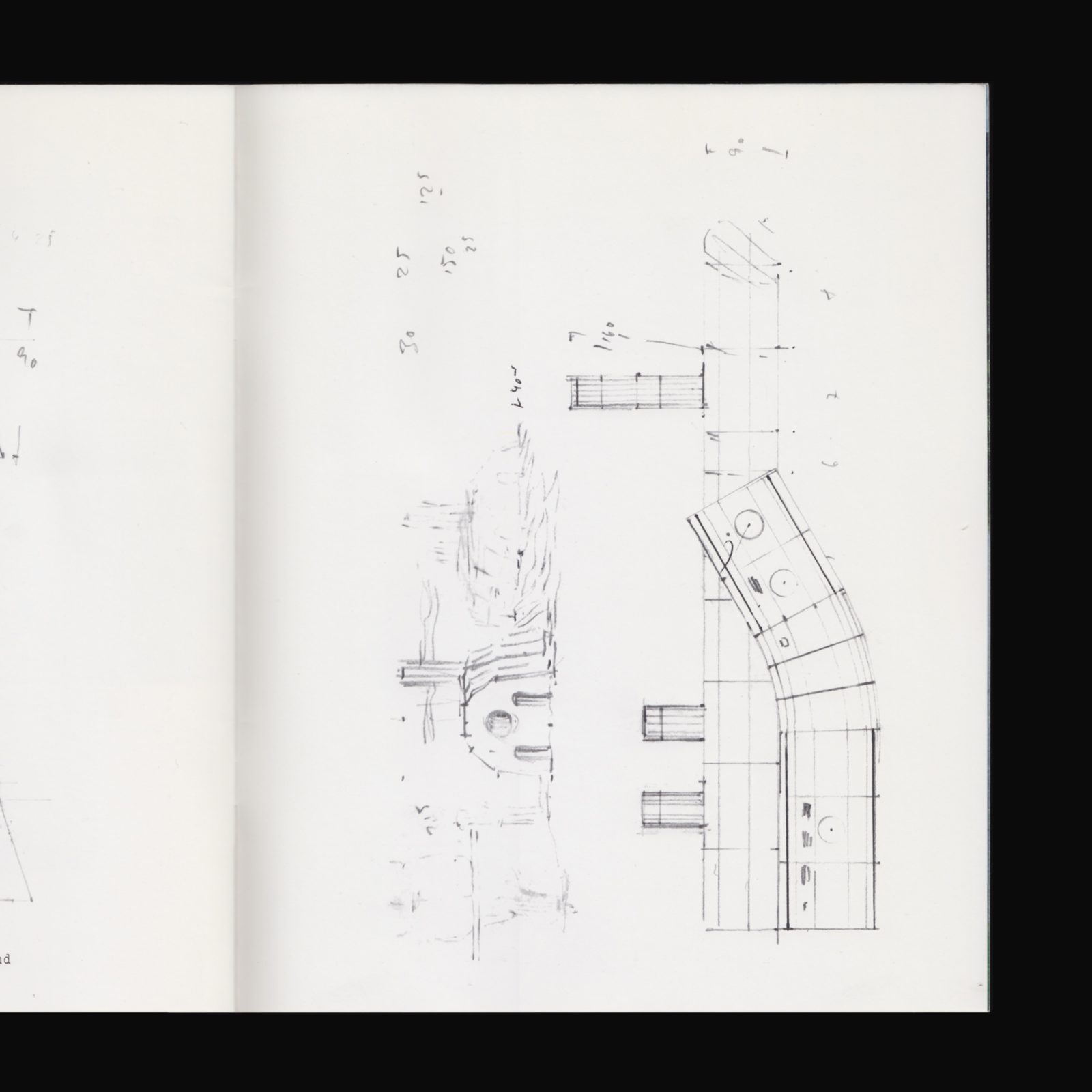
Produced on the occasion of Manfred Pernice’s solo exhibition FIAT at the Städtisches Museum Zwickau.
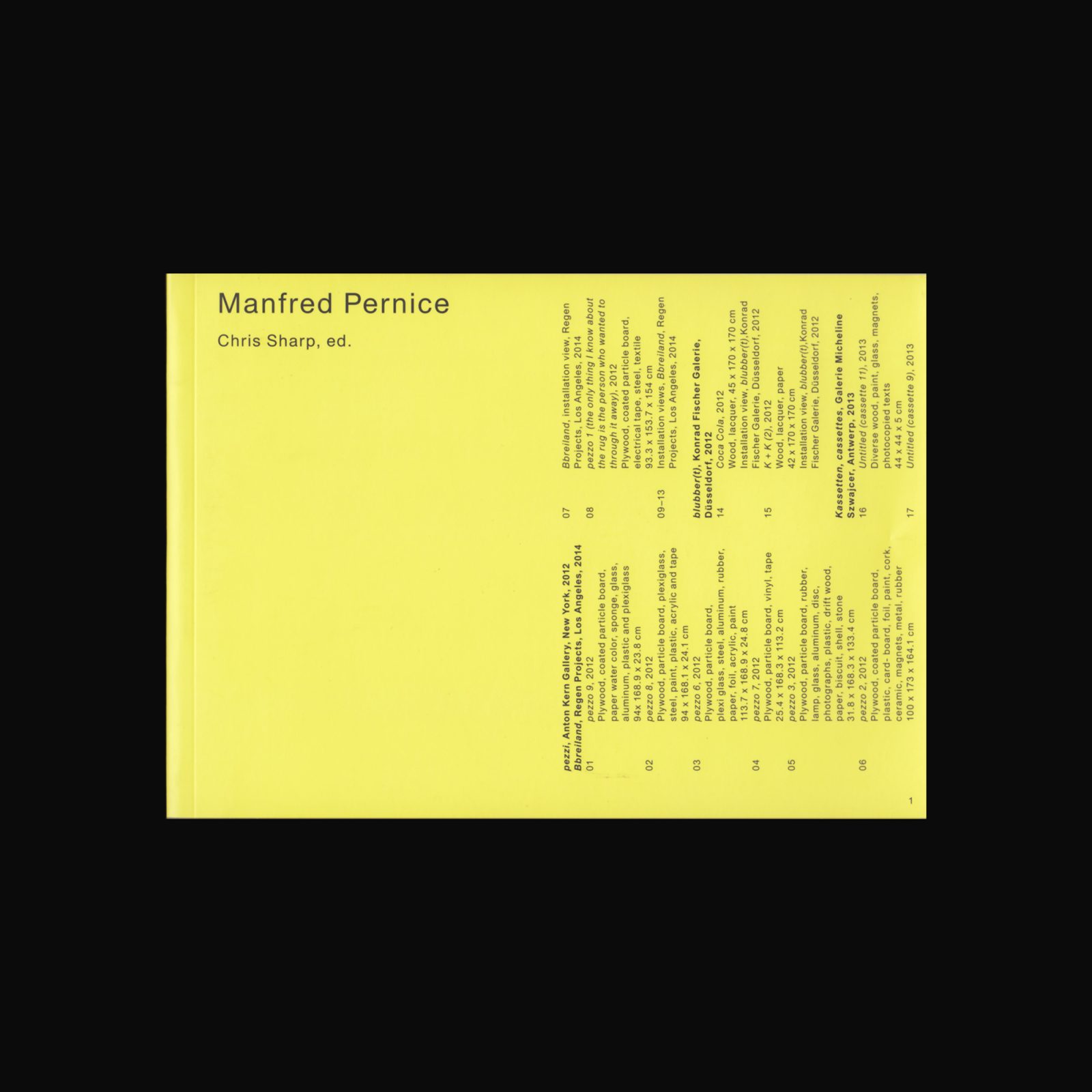
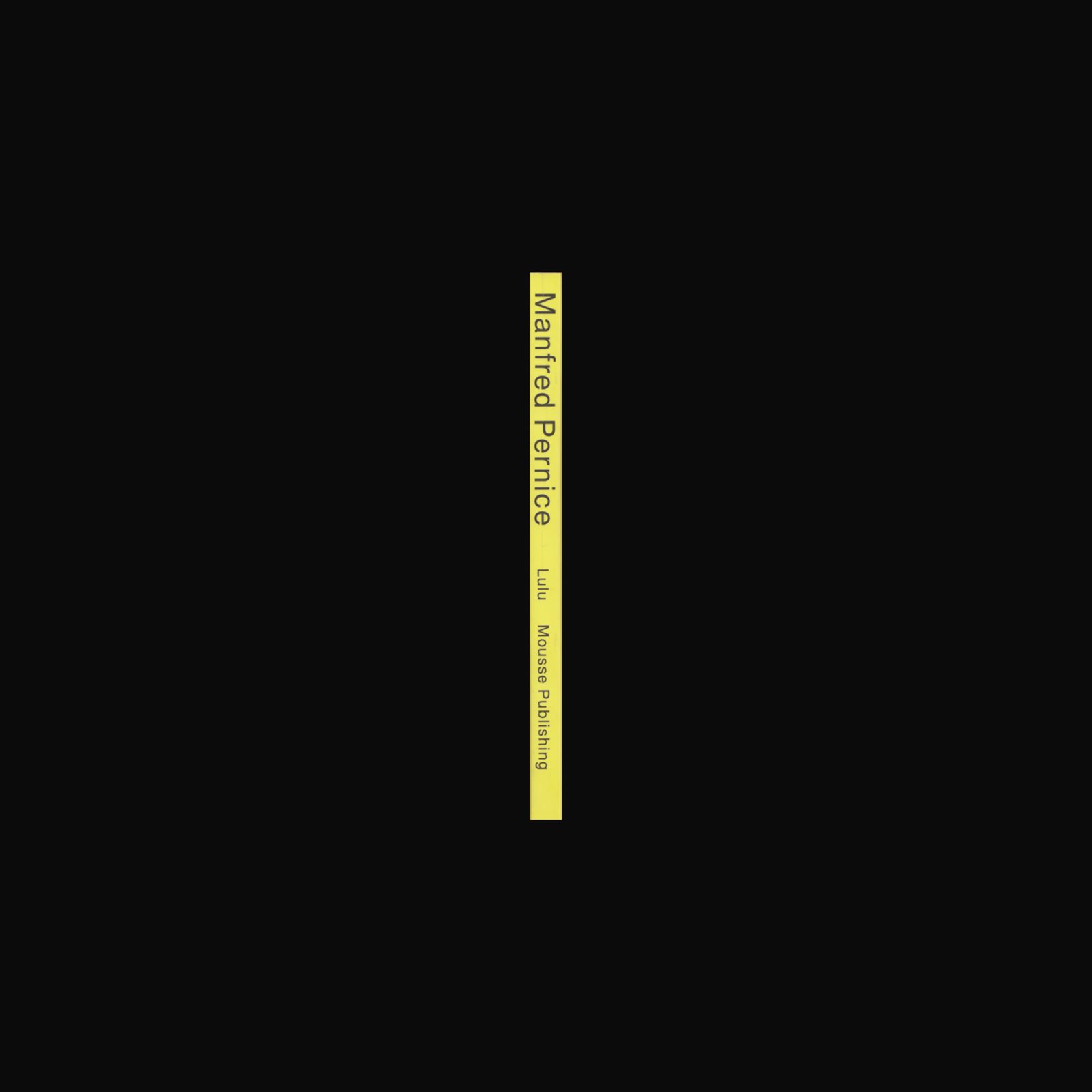
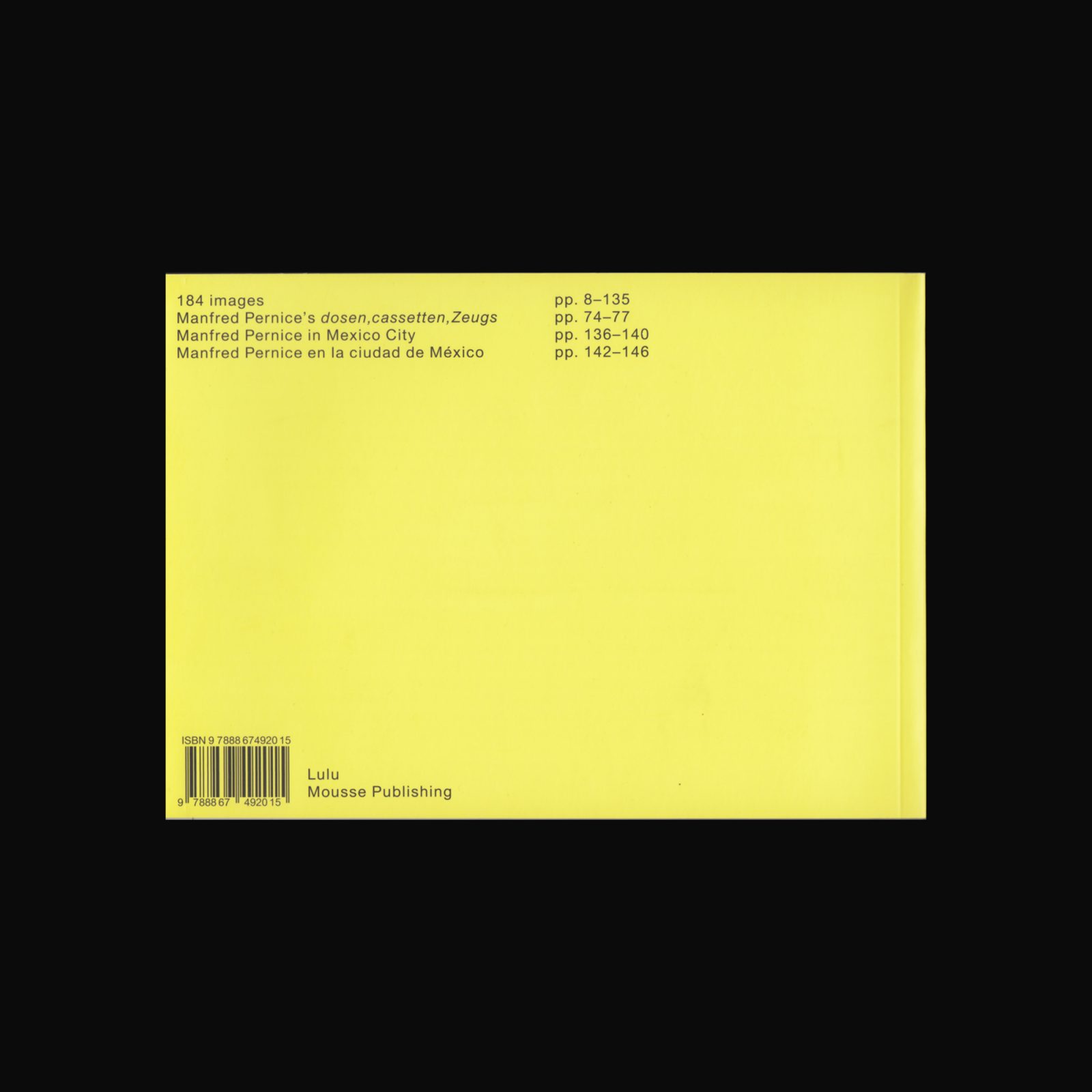
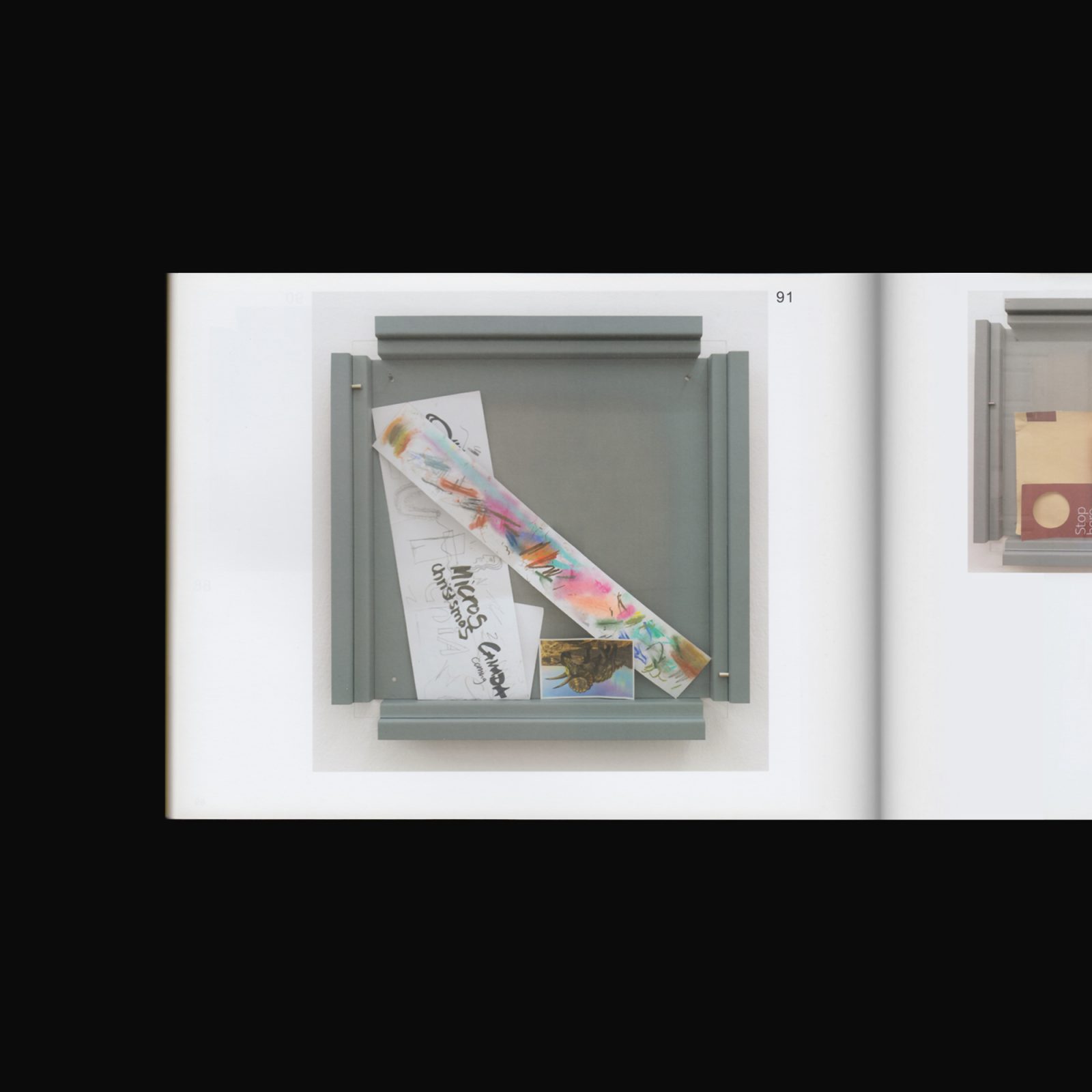
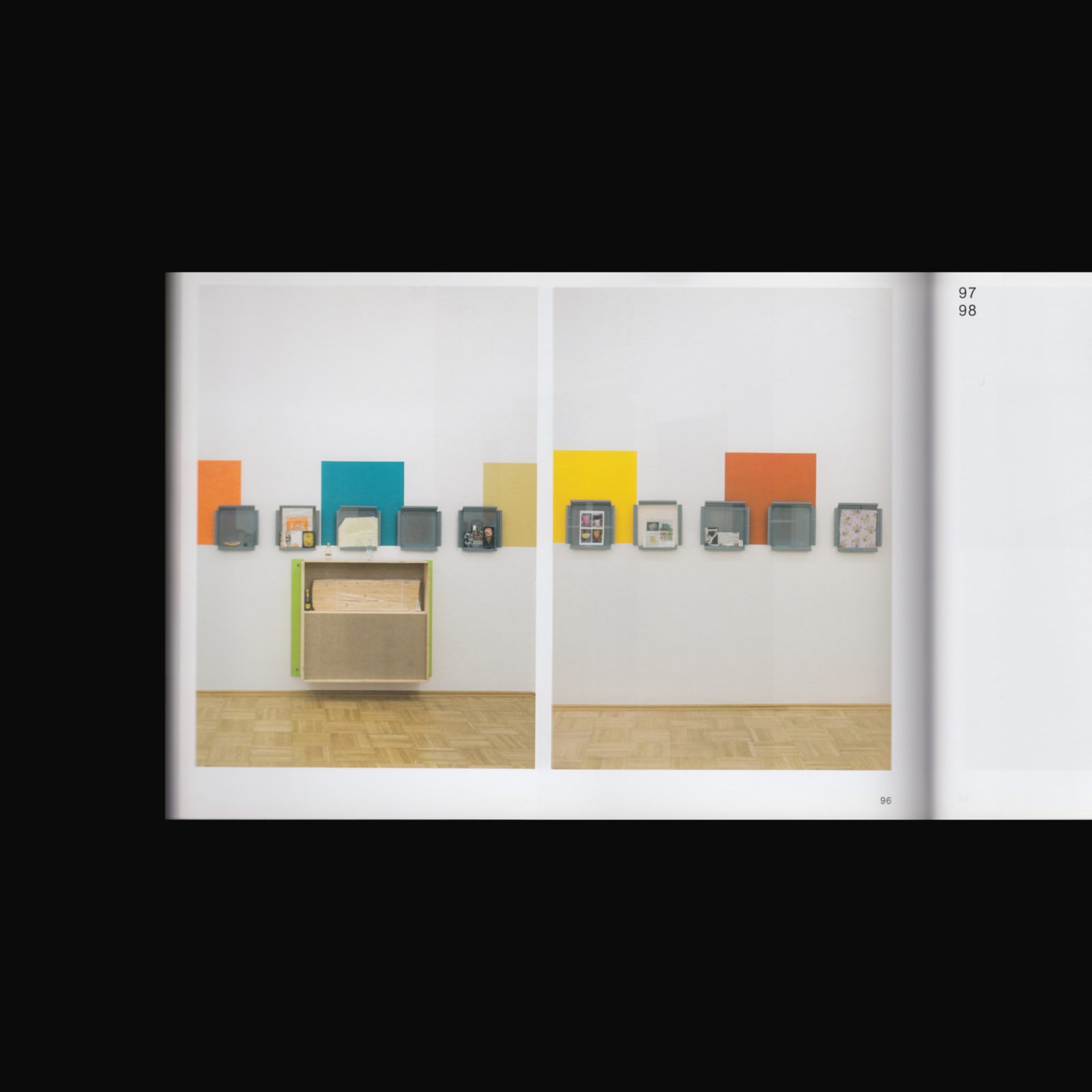
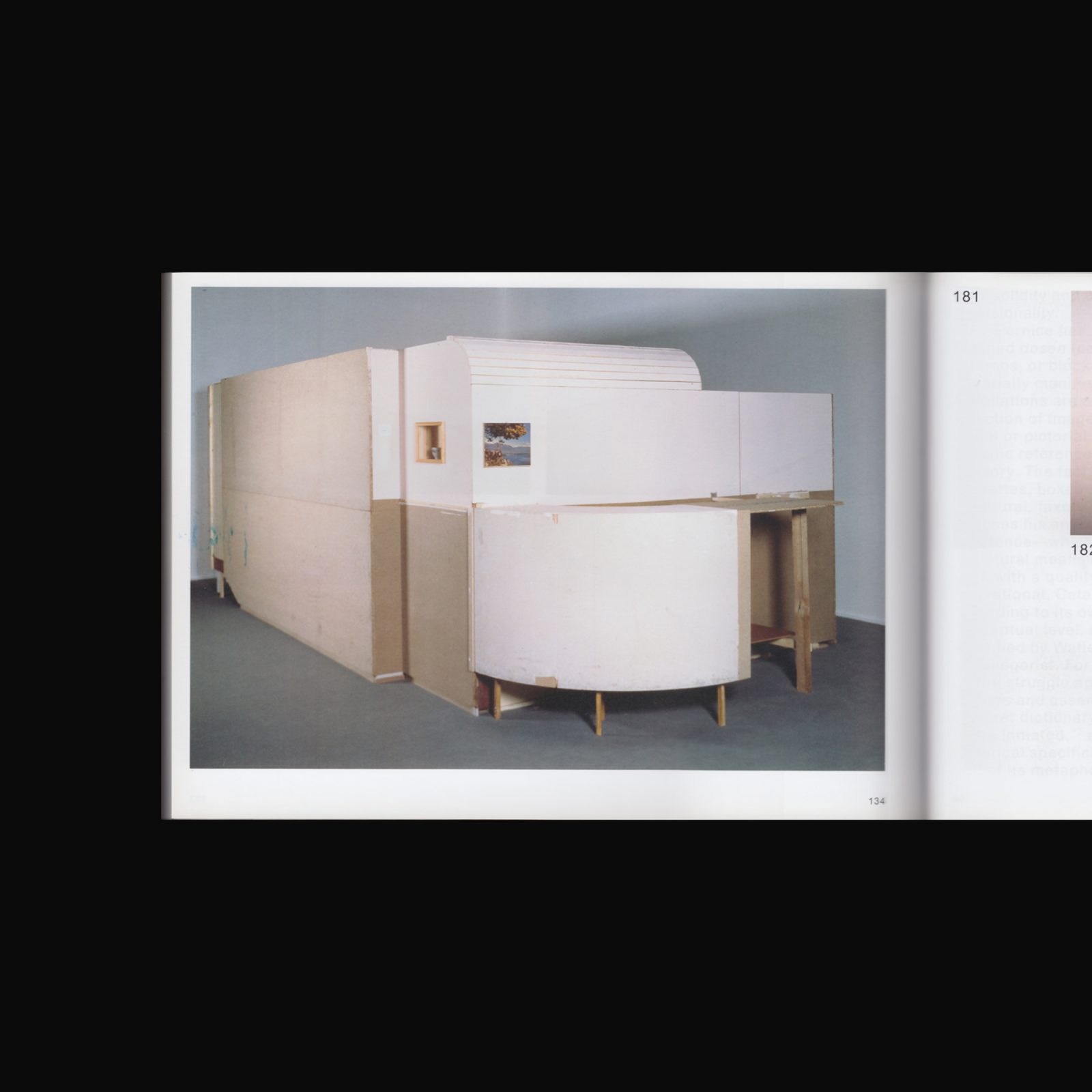
Produced on the occasion of Manfred Pernice’s solo exhibition at Lulu, Mexico City, this monographic catalogue focuses on the artist’s ongoing Kassetten (cassettes) series, initially begun in 2012. Spanning back to 1996, the book features abundant documentation of the various manifestations of the works, visual references, and other recent sculptures as well as texts by Lulu co-founder Chris Sharp.
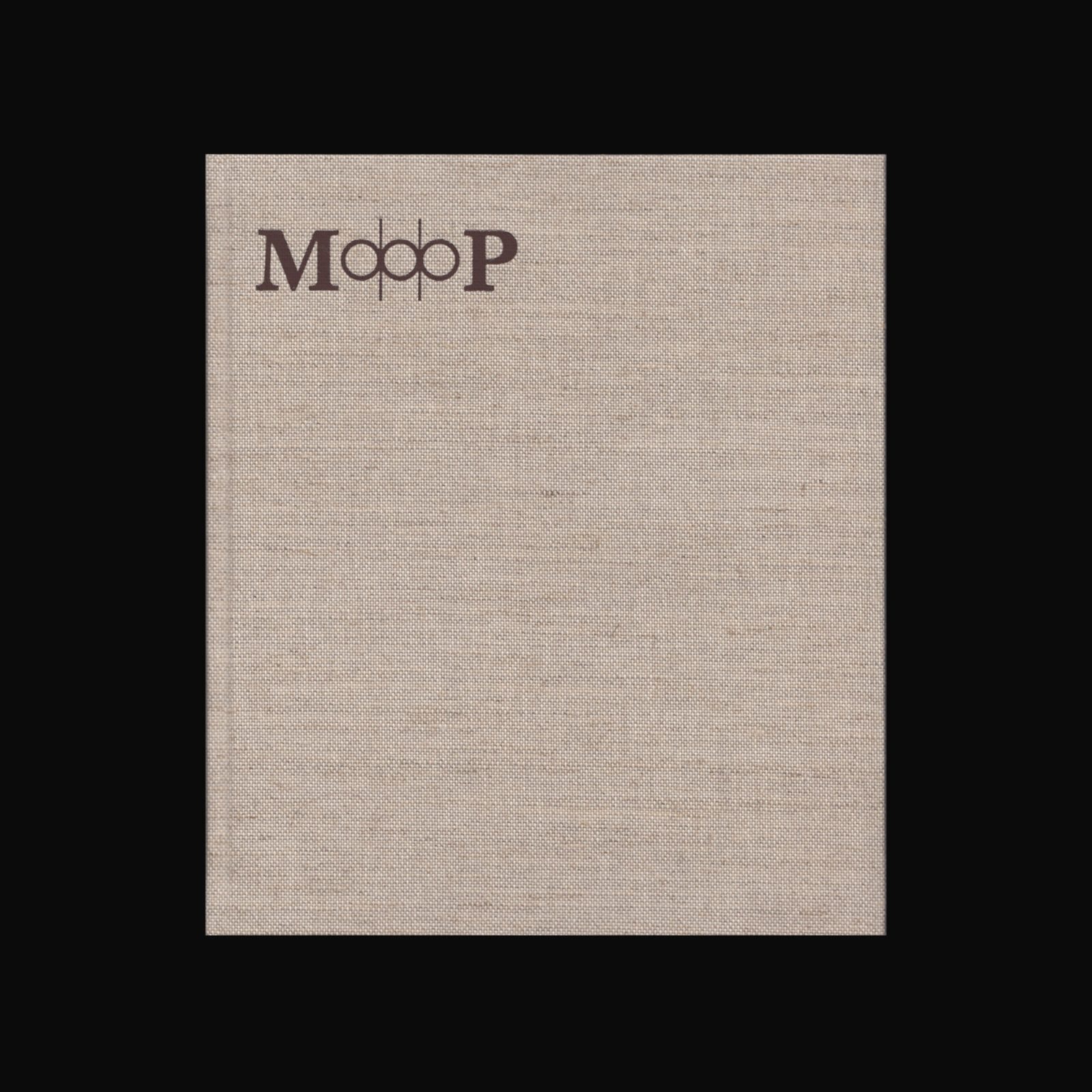
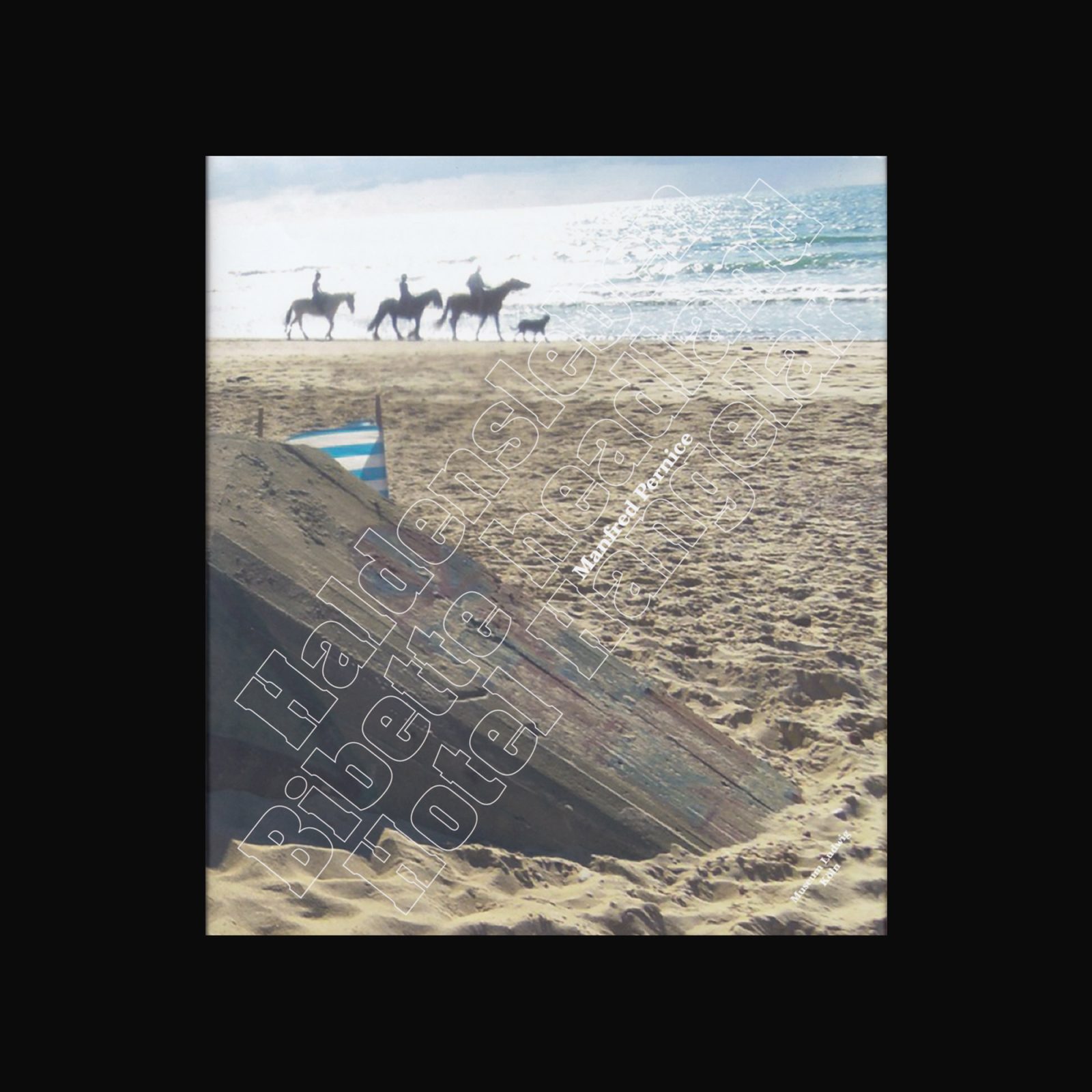
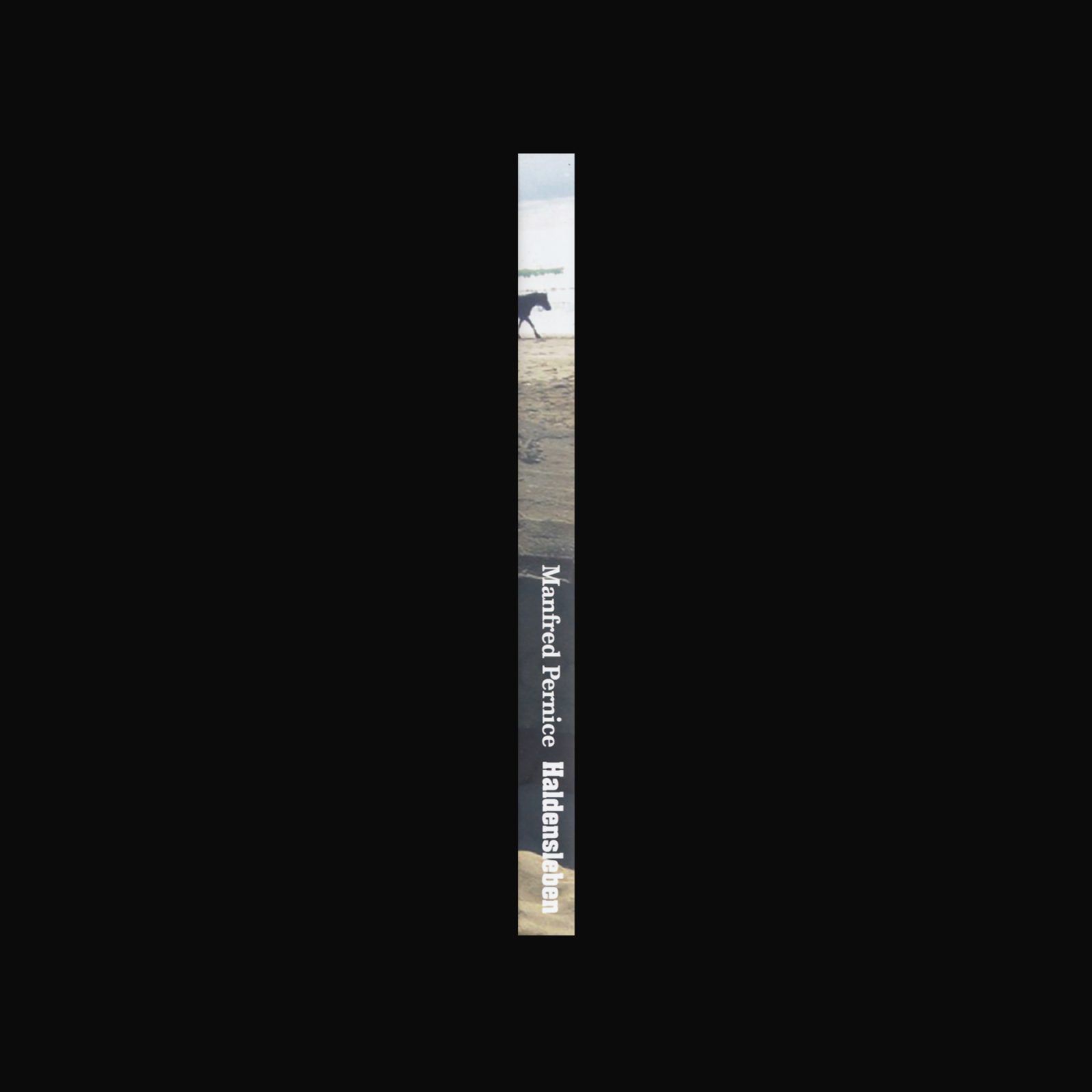
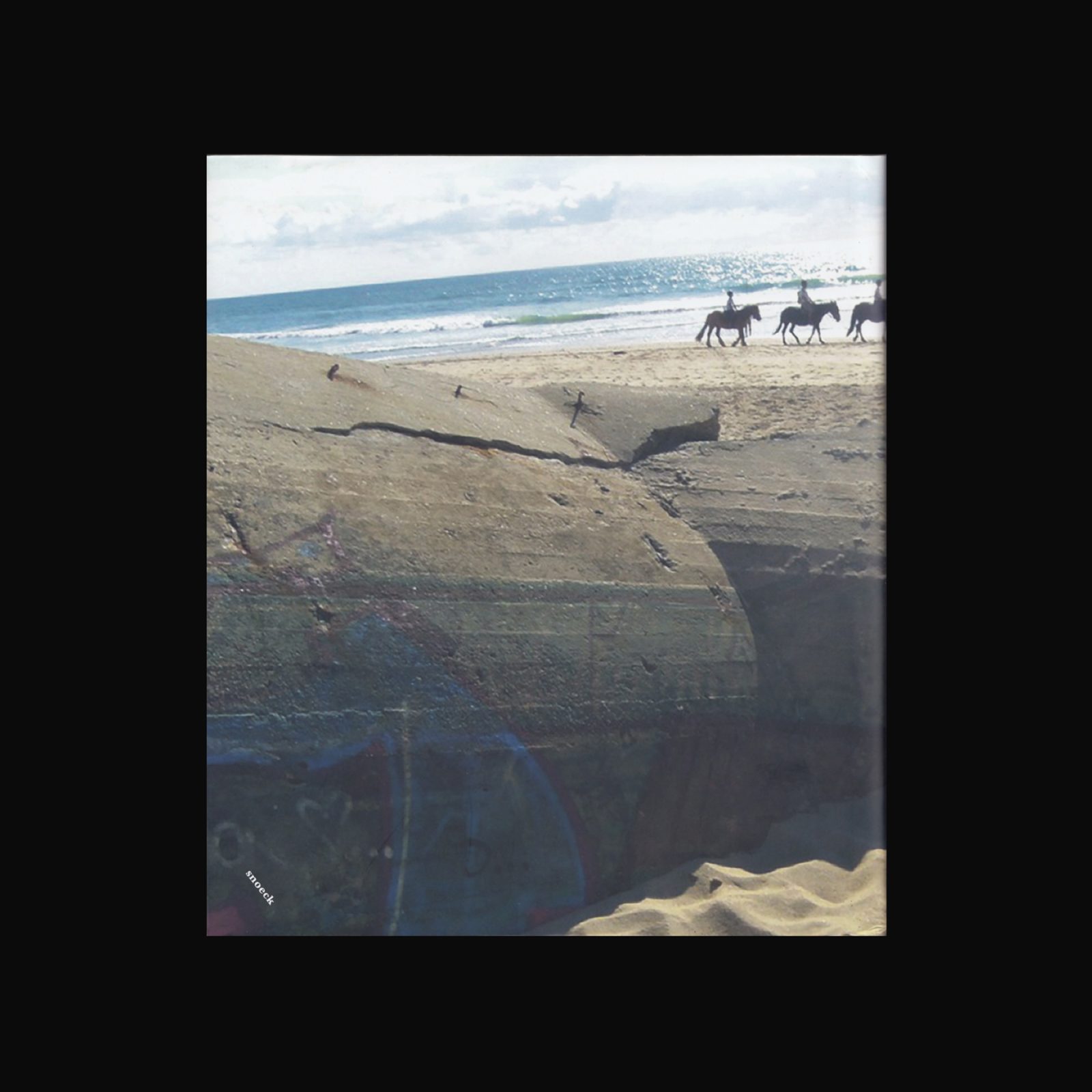
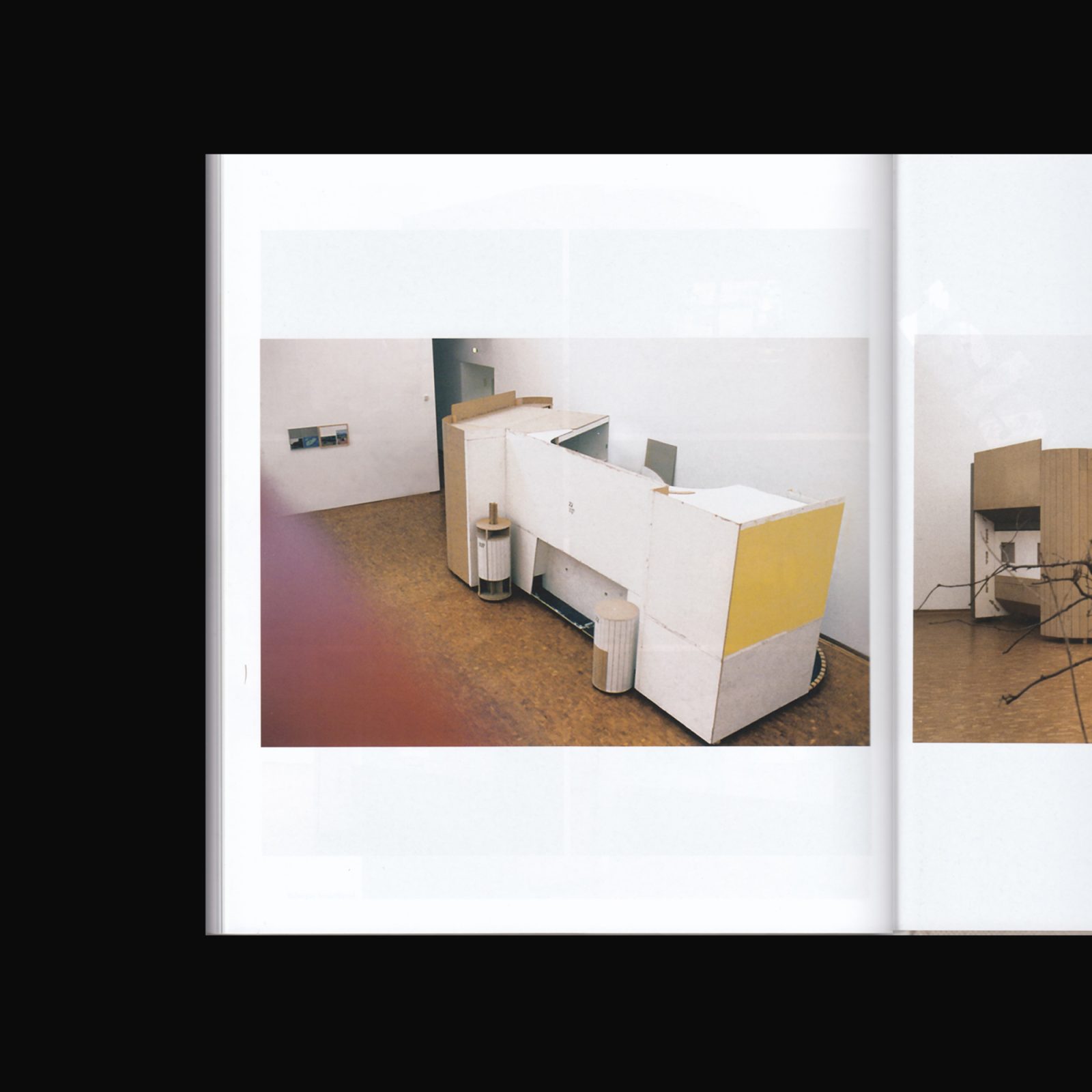
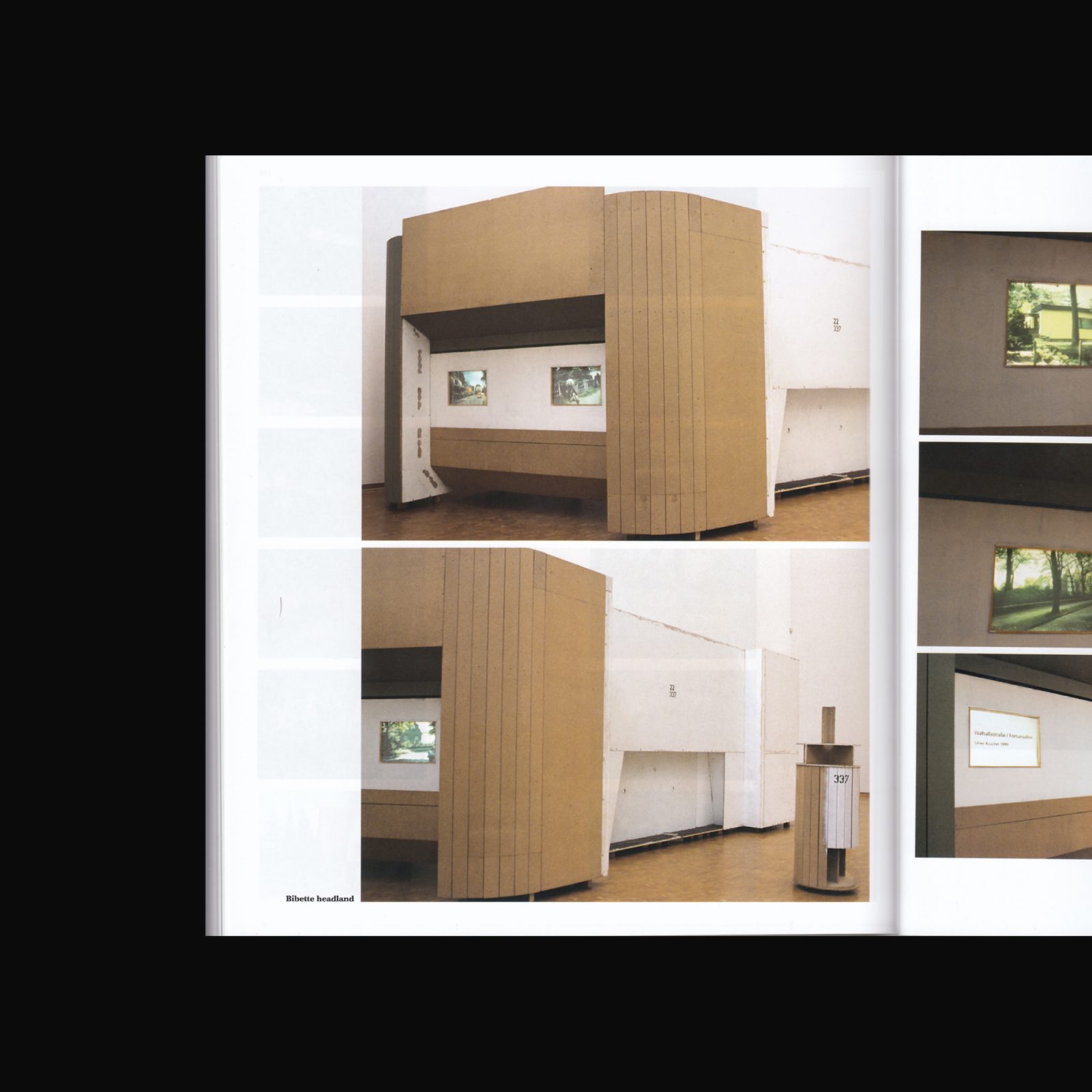
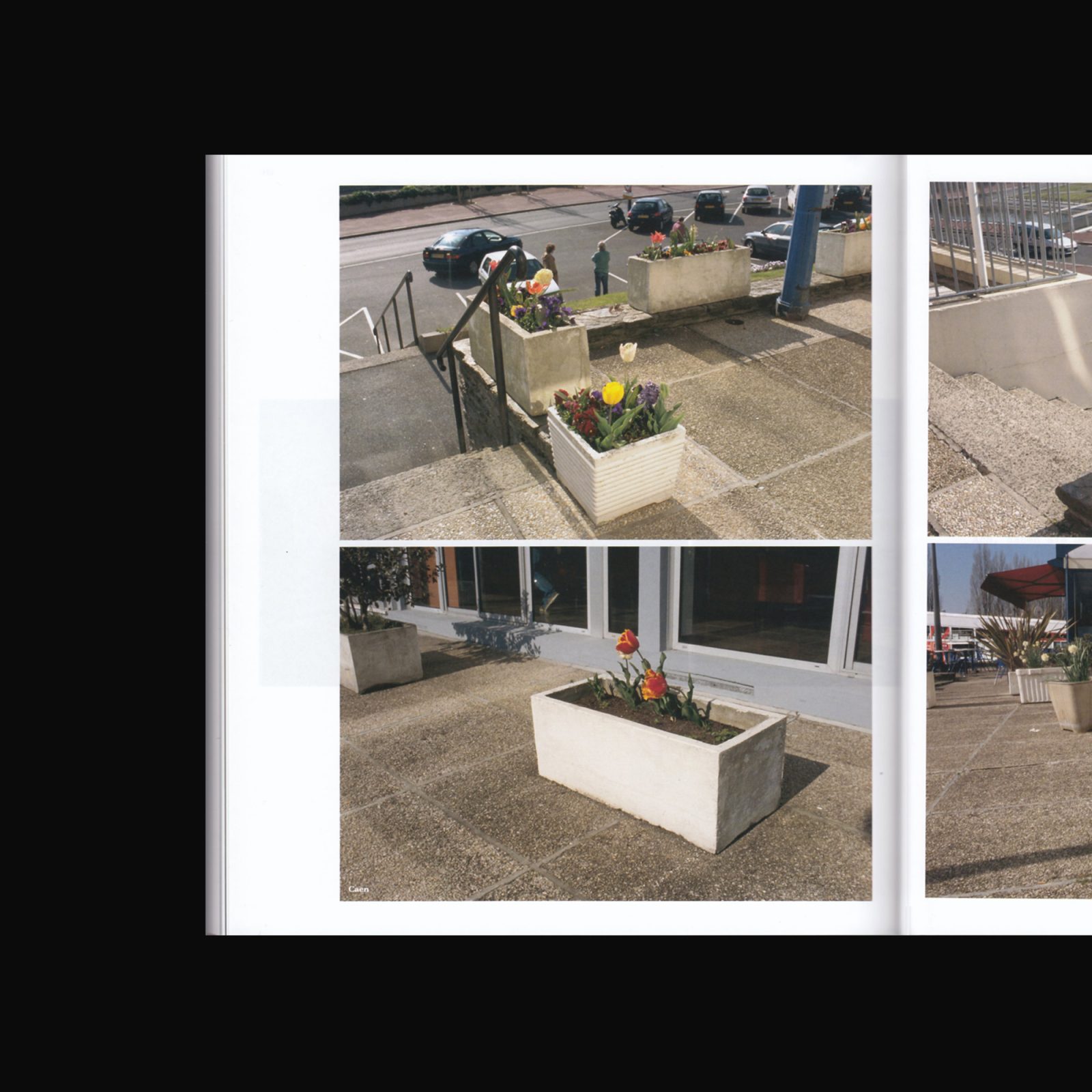
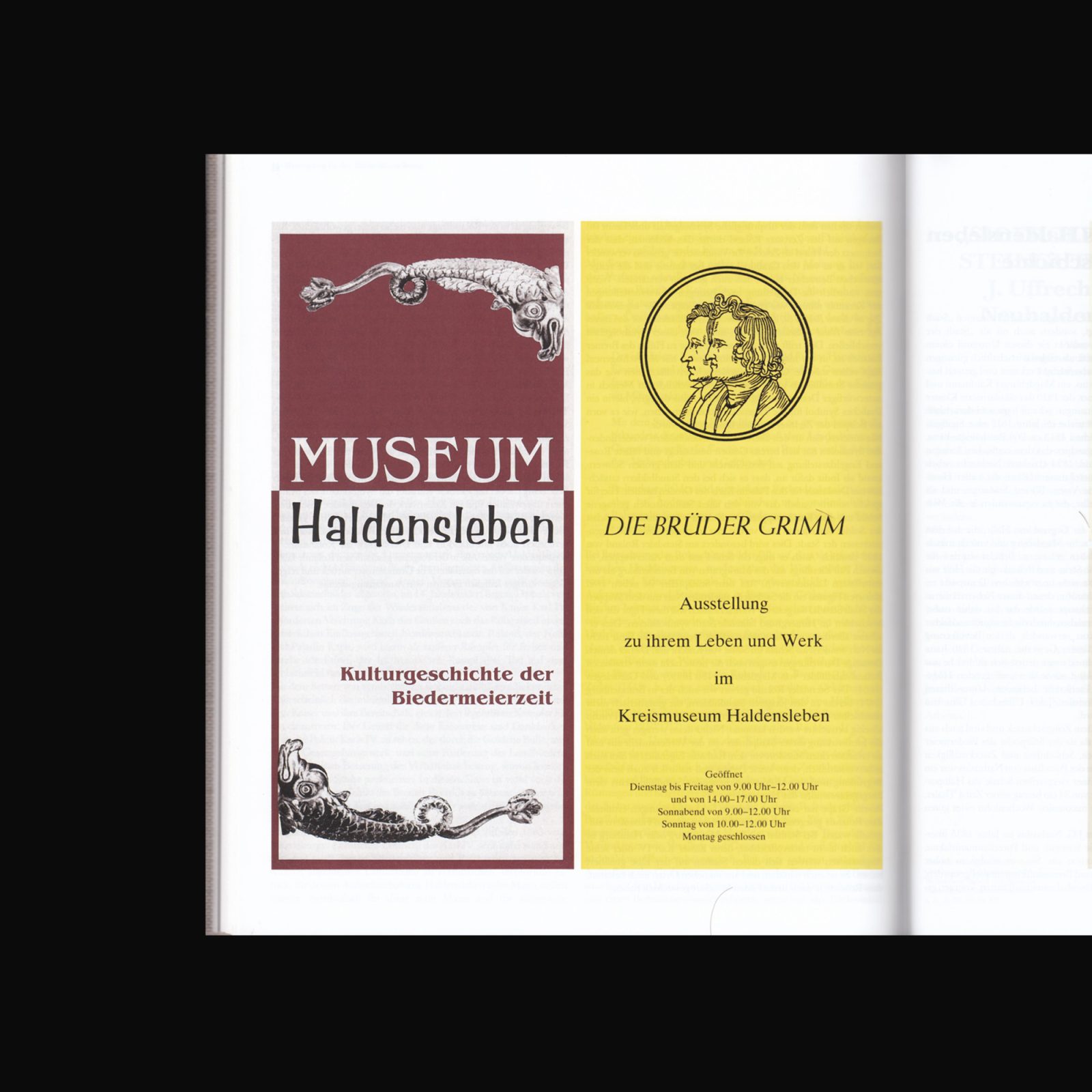
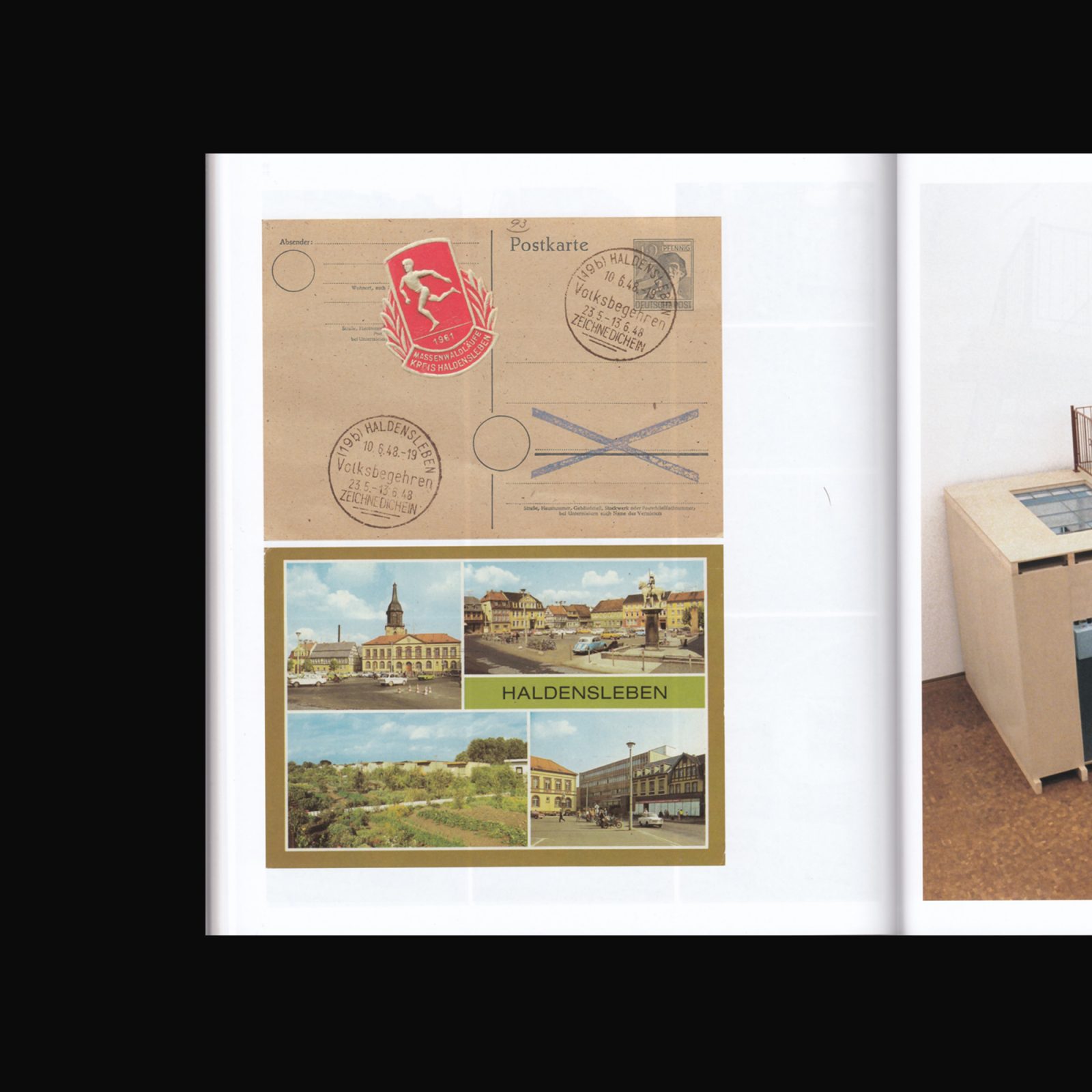
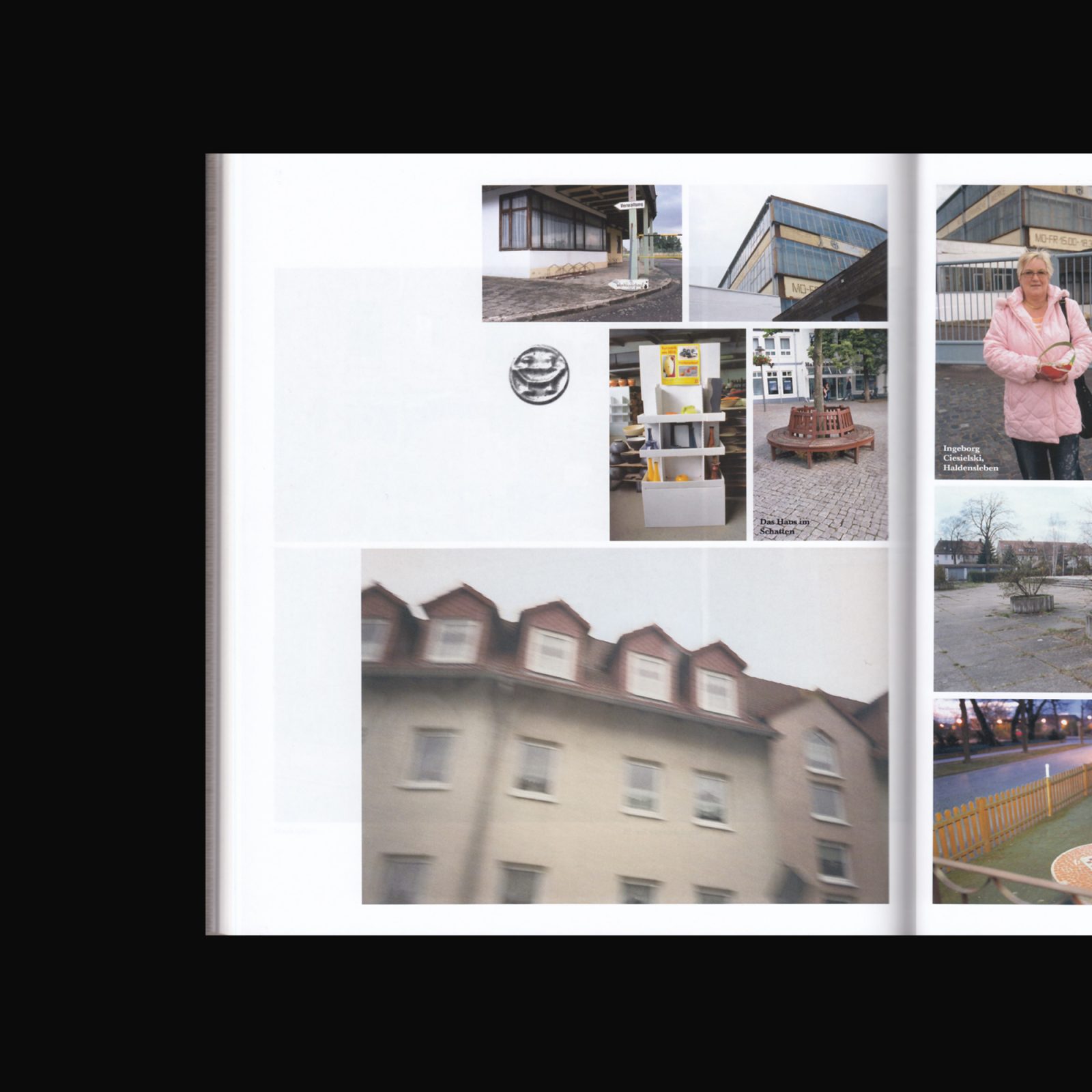
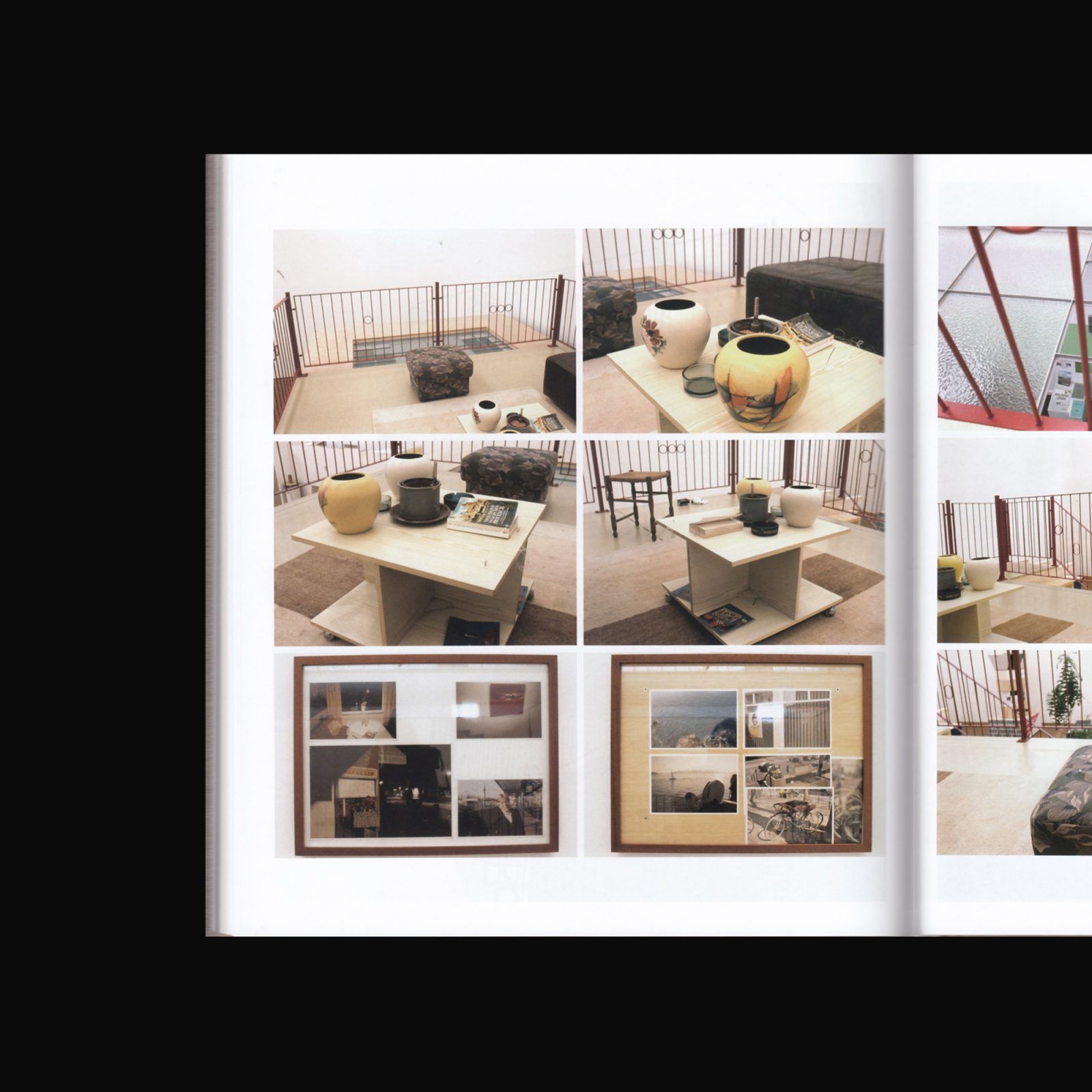
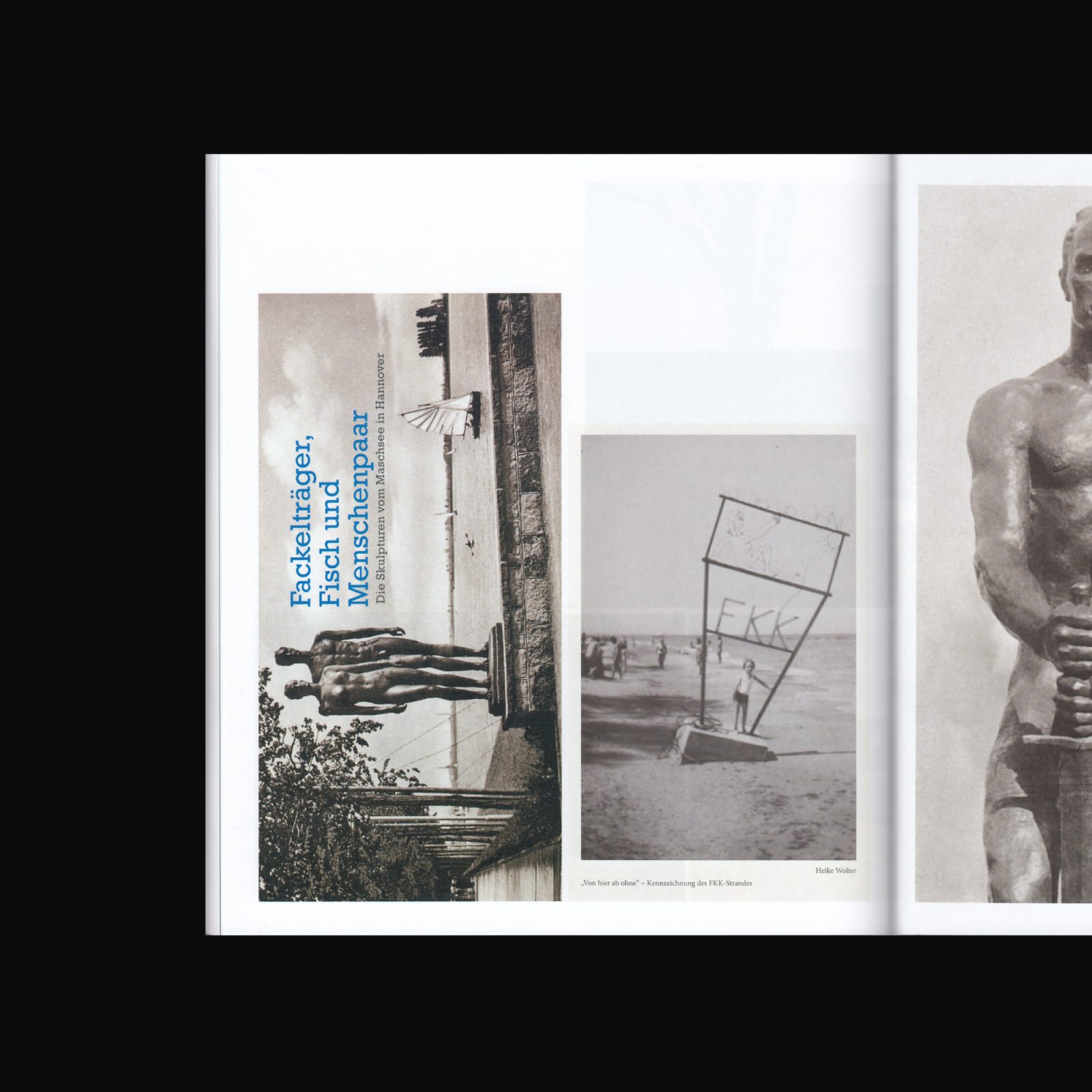
This complex book by Manfred Pernice goes back to an exhibition at Museum Ludwig Cologne in 2007. At that time, he had combined the early work Bibette Headland (1999) with Haldensleben (2005) a work developed further specifically for the exhibition, and the Hotel Hangelar (2007), exhibited for the first time back then. These three large and, to some extent, accessible sculptures refer to the architecture of bunkers, airport towers and small town neighborhoods. Today, after a decade, it is clear that these three sculptures occupy a central position in the work of the artist. They illustrate Pernice’s long-standing examination of the historical and socio-political contexts of architecture and the aesthetics of everyday life. At the same time, his sculptures, despite their references to reality and history, exist as independent objects, as objectification, that present themselves in a productive reciprocal relationship of the familiar and the foreign, turning aesthetic experience into insight. The book displays, for the first time, the varied text and image material of Manfred Pernice’s research and presents it together with a survey of the realized works of art at Museum Ludwig Cologne. Texts (German/English) by Barbara Engelbach, Yilmaz Dziewior, Kasper König and various facsimiles.